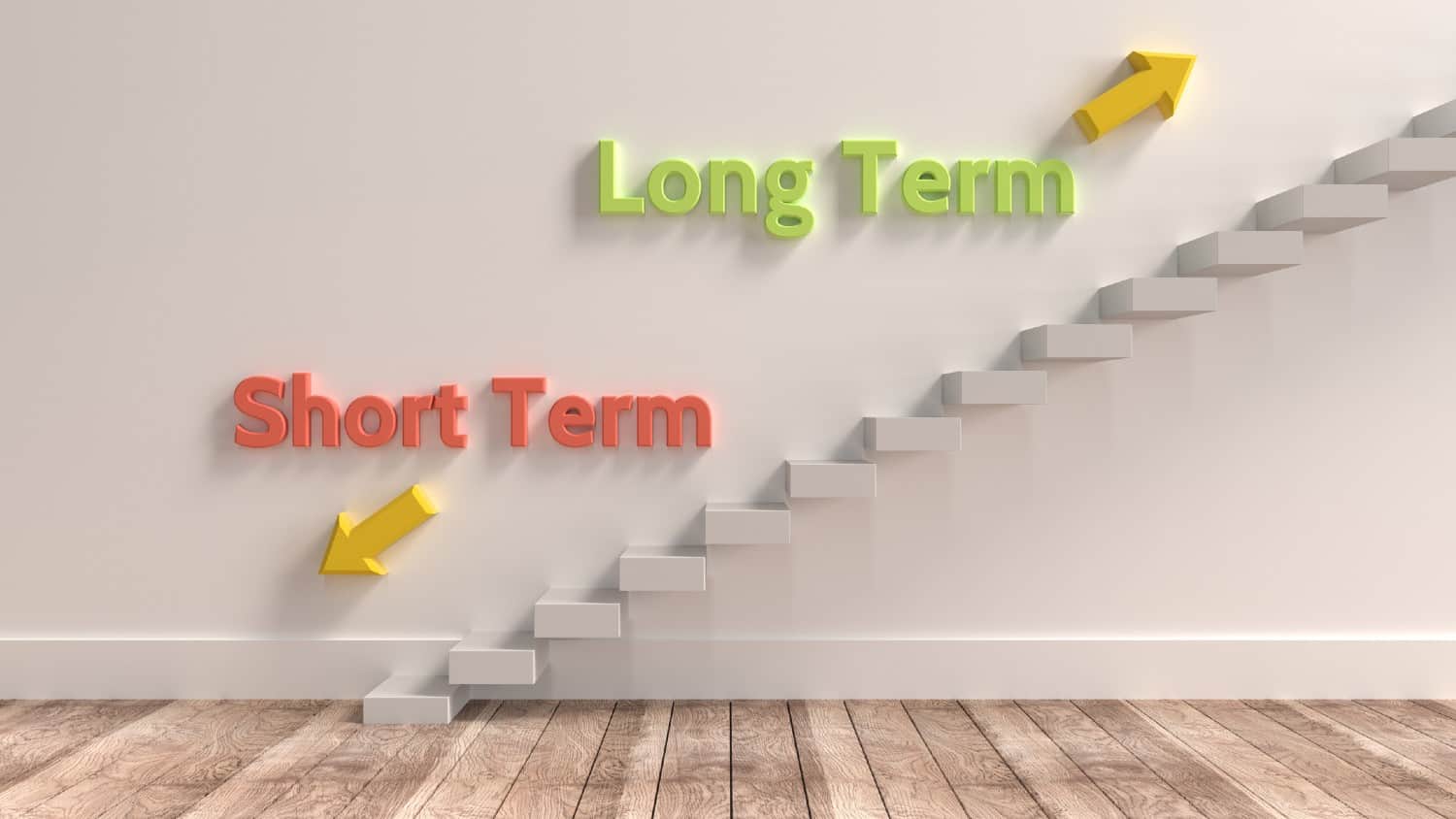Building a second income for retirement isn’t the type of thing we can do overnight. In most cases, it takes decades. That’s why it’s important to have a plan. So here’s mine, broken into three steps.
Step 1. Set a target
Generating income of around £12,000 a year from a portfolio of FTSE 100 shares will more than double my income from the new State Pension, which currently pays £10,600 a year max. Better still, that will be free of tax if I invest inside up to my £20k a year Stocks and Shares ISA limit. I also have some company and personal pensions on top of that. Enough to be comfortable.
Please note that tax treatment depends on the individual circumstances of each client and may be subject to change in future. The content in this article is provided for information purposes only. It is not intended to be, neither does it constitute, any form of tax advice. Readers are responsible for carrying out their own due diligence and for obtaining professional advice before making any investment decisions.
Passive income stocks: our picks
Do you like the idea of dividend income?
The prospect of investing in a company just once, then sitting back and watching as it potentially pays a dividend out over and over?
If you’re excited by the thought of regular passive income payments, as well as the potential for significant growth on your initial investment…
Then we think you’ll want to see this report inside Motley Fool Share Advisor — ‘5 Essential Stocks For Passive Income Seekers’.
What’s more, today we’re giving away one of these stock picks, absolutely free!
So how much do I need to save to generate that £12k? Financial planners reckon that if someone draws 4% of their portfolio as income each year, it will never run dry. Share price growth and dividends should make good those withdrawals.
Using the 4% rule, I need a portfolio of £300,000 a year. That will take time. Let’s say my retirement was still 30 years away. If I invested £200 a month and my portfolio grew at 6.89% a year, which is the average long-term return on the FTSE 100, I’d beat my target with £326,684.
If I only had 20 years, I’d have to up my contribution to £475 a month which would give me £310,867. These figures also assume that I increase my contributions by 3% a year to keep up with inflation.
The downside is that the value of my £12k will be eroded by inflation over time, so I’d aim to invest more if I can.
Step 2. Choose my shares
Everybody needs a bit of cash on easy access for emergencies. After that, some newbie investors start by spreading their risk with a low-cost tracker fund covering a big index like the FTSE All Share or S&P 500.
I hold trackers myself, but now I focus on buying individual FTSE 100 stocks, with the aim of generating above average income.
Legal & General Group is a favourite. It currently yields 8.11% a year and trades at a dirt cheap valuation of 6.2 times earnings. I also hold wealth manager M&G, which yields a staggering 9.61%, and trades at 11.1 times earnings.
Another holding is mining giant Rio Tinto. It yields 7.75% and trades at 7.7 times earnings. Lloyds Banking Group yields 5.27% and looks cheap at 6.2 times.
Dividends are never guaranteed, and high yields like these are particularly vulnerable. While all four shares look incredibly cheap, recent stock performance has been underwhelming. The UK economy is finding the going tough as inflation wreaks havoc. Yet there’s also an opportunity here, which brings me to my final step.
Step 3. Get stuck in
As step one shows, it takes several decades to build serious long-term wealth from investing in shares. So I’ve got no time to lose.
The sooner I start buying shares, the more time my income and capital has to compound and grow. Returns aren’t guaranteed, of course. But the FTSE 100 has been underpowered lately, and I think this makes now a great time to pile in and hoover up bargain stocks. Then keep buying them, a little more every month.






